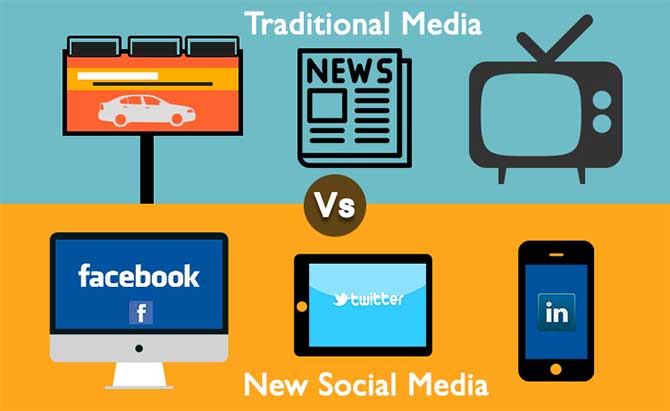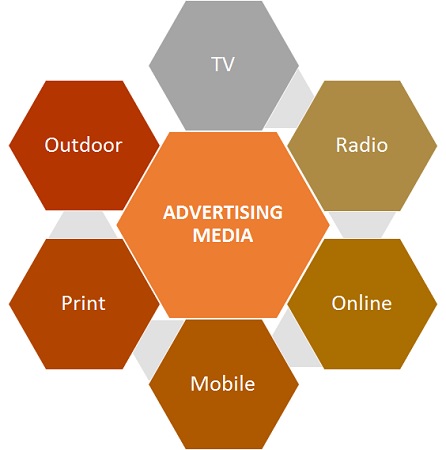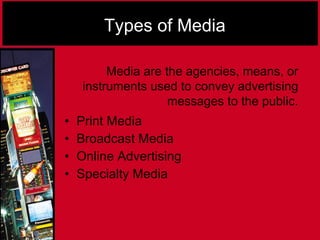There are various types of media that we encounter in our daily lives, each serving a unique purpose and targeting a specific audience. Media can be classified into two broad categories: traditional media and new media.
Traditional media refers to the mediums that have been around for a long time and have been the primary source of information and entertainment for people. Examples of traditional media include television, radio, newspapers, magazines, and books. These mediums rely on a one-way communication model, where the information is disseminated to the audience by the media outlet.
Television and radio are audio-visual mediums that allow the audience to watch or listen to the content being broadcasted. Television is a popular medium that provides entertainment in the form of news, movies, and TV shows, while radio is a medium that primarily provides music and news to its listeners.
Newspapers and magazines are print media that provide news, articles, and opinion pieces on various topics. Newspapers are typically published daily and provide the latest news and updates, while magazines are published monthly and cover a wide range of topics, including fashion, entertainment, and current affairs.
Books are a medium that allows the audience to read written content in the form of novels, non-fiction, and textbooks. They provide a wealth of information and can be an engaging form of entertainment.
On the other hand, new media refers to the mediums that have emerged in recent times and are based on digital technology. Examples of new media include the internet, social media, and mobile apps. These mediums rely on a two-way communication model, where the audience can interact with the content and the media outlet.
The internet is a vast network of interconnected computers that allows people to access and share information and media. It has transformed the way we consume and share information, and has made it easier for people to connect and communicate with each other.
Social media platforms, such as Facebook, Twitter, and Instagram, allow users to create and share content, connect with friends and family, and participate in online communities. These platforms have revolutionized the way we communicate and have created new opportunities for businesses to reach and engage with their customers.
Mobile apps are software programs that can be downloaded and installed on smartphones and tablets. They offer a wide range of services, including games, social networking, entertainment, and productivity tools.
In conclusion, media plays a crucial role in our daily lives, providing us with information, entertainment, and a means of communication. Traditional media and new media are two broad categories of media, each serving a unique purpose and targeting a specific audience.







